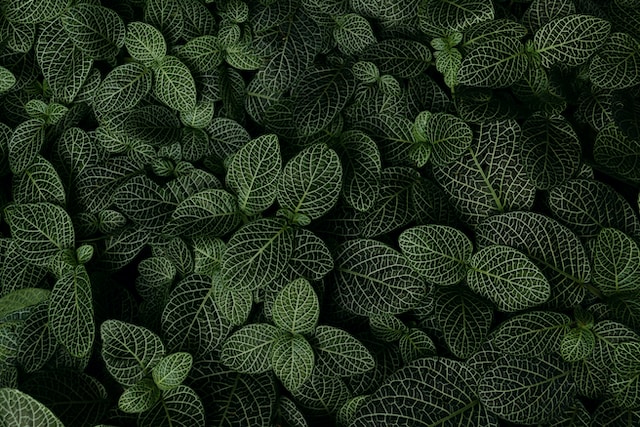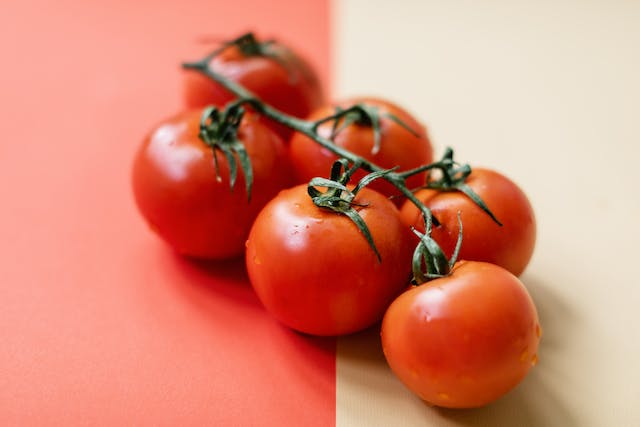Subtitle 1: The Benefits of Growing Your Own Food
Growing your own food is not only a rewarding experience but also offers numerous benefits for your physical and mental well-being. By cultivating your own fruits, vegetables, and herbs, you have control over what goes into your food, ensuring its freshness and nutritional value. Additionally, gardening can be a therapeutic and stress-relieving activity, allowing you to connect with nature and enjoy the satisfaction of seeing your efforts bear fruit.
Subtitle 2: Getting Started: Planning and Preparation
Before you embark on your gardening journey, it’s essential to plan and prepare adequately. Start by selecting a suitable location for your garden. Consider factors such as sunlight exposure, soil quality, and accessibility to water sources. If you have limited space, container gardening or vertical gardening techniques can be excellent options.
Next, determine what crops you want to grow based on your preferences, climate, and available space. Research the specific requirements of each plant, including soil type, watering needs, and sunlight requirements. This knowledge will help you create an optimal environment for your plants to thrive.
Subtitle 3: Soil Preparation and Planting
Healthy soil is the foundation of a successful garden. Begin by testing your soil’s pH level and nutrient content. This information will guide you in making any necessary amendments to optimize soil fertility. Compost, organic matter, and natural fertilizers can be added to enrich the soil and promote plant growth.
When it comes to planting, follow the instructions provided on seed packets or plant labels. Pay attention to spacing recommendations to ensure adequate room for each plant to grow. Consider using companion planting techniques, where certain plants are grown together to enhance growth and deter pests.
Subtitle 4: Nurturing Your Garden
Once your plants are in the ground, regular care and maintenance are crucial. Water your garden appropriately, providing enough moisture without overwatering. Mulching can help retain moisture and suppress weed growth. Regularly inspect your plants for signs of pests or diseases, and take appropriate measures to address any issues promptly.
Subtitle 5: Harvesting and Enjoying the Fruits of Your Labor
The most exciting part of growing your own food is the harvest. As your plants mature, you’ll be rewarded with an abundance of fresh produce. Harvesting at the right time ensures optimal flavor and nutritional value. Enjoy the satisfaction of picking your own vegetables, fruits, and herbs, and incorporate them into your meals for a truly farm-to-table experience.
Subtitle 6: Learning and Growing
Gardening is a continuous learning process. Take note of what works well and what doesn’t in your garden. Keep a gardening journal to record your observations, successes, and challenges. Join local gardening communities or online forums to exchange knowledge and seek advice from experienced gardeners. Embrace the opportunity to expand your gardening skills and experiment with new crops and techniques.
Conclusion:
Growing your own food is a fulfilling and empowering endeavor. It allows you to reconnect with nature, savor the flavors of freshly harvested produce, and experience the joy of nurturing life. By following this beginner’s guide, you can embark on a journey of self-sufficiency, well-being, and the pure delight of harvesting happiness from your own garden.










